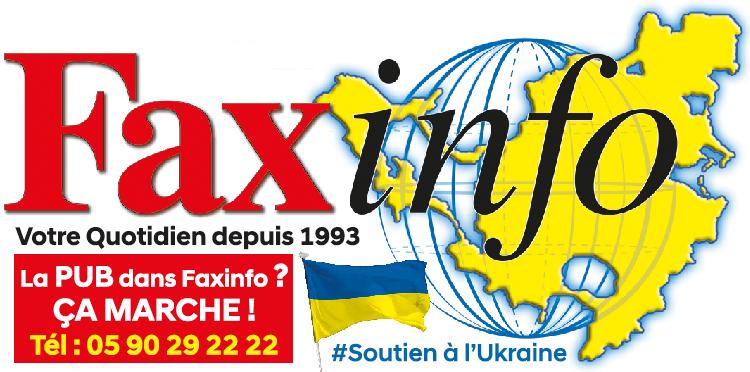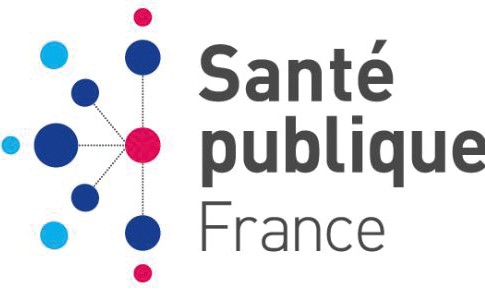The coronavirus epidemic may prompt opportunistic practices from unscrupulous operators. Fraud enforcement officials are strengthening their control over filtering breathing devices and alcohol-based gels.
The high demand for these products combined with supply difficulties can lead to the marketing of non-compliant products and / or excessive pricing practices. These interventions at the marketing stage will seek to control operators who offer for sale products presented as likely to protect from the coronavirus.
For information, there are three types of mask;
- Devices explicitly designed to protect objects in the manufacturing environment from splashing saliva or mist. These masks are usually provided with a single elastic and do not seal the facepiece. They are supposed to offer no protection to people.
- “Surgical-type masks”, worn by practitioners or by contagious patients in hospitals to protect their environment. They must comply with regulatory requirements for medical devices but do not offer respiratory protection to the wearer.
- Devices claiming to protect the wearer against external risks (protection against particles or "aerosols"). These masks are Personal Protective Equipment (PPE). Depending on their efficiency, they can provide do-it-yourselfers with protection against various work dusts that are harmful to the lungs (filtration class “FFP1”) or are likely to be used by the public against viruses (filtration class “FFP2”). Certain “FFP2” type masks are designed by the manufacturer to ensure the individual protection of the wearer while ensuring an anti-splash function. Such products must meet both regulatory requirements for PPE and regulatory requirements for medical devices. Finally, masks claiming protection against pollution (intended for cyclists) have recently been on the market. The actual effectiveness of these masks may vary from their theoretical effectiveness, due to poor fit to the face or lack of maintenance of the device.
PPE must be provided with a mark attesting to its “CE” conformity and allowing its identification. The contact details of the manufacturer or importer must appear on the product or packaging as well as a date of a date of manufacture and / or expiration, in the case of PPE subject to aging (failing this to be able to commit to the life of a PPE, the manufacturer must mention in his instructions any useful data allowing the purchaser or the user to determine a month / year of reasonable expiration).
Consumers or professionals with information likely to help the State services in their market surveillance mission are invited to share it by sending them an email.
6,066 total views






No comments